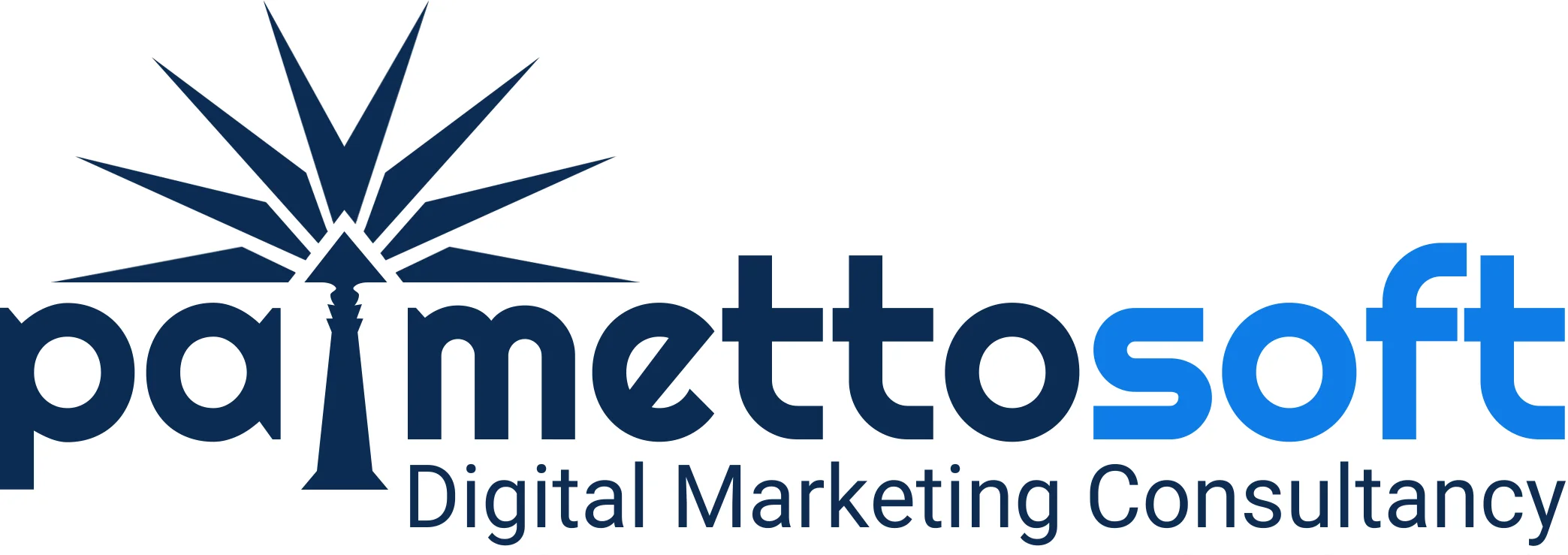Web design is a complex, multi-step process that transforms abstract ideas into a functional, visually appealing website. Among the many critical stages in this journey, the creation of mockups is pivotal. As the sixth step in the web design process, mockup design bridges the gap between conceptual wireframes and the final, polished product. In this blog post, we will delve deep into the intricacies of mockup design, exploring its significance, the tools commonly used, and best practices for creating effective mockups.
What is a Mockup?
A mockup is a high-fidelity visual representation of a web page or application. Unlike wireframes, which are basic, low-fidelity sketches outlining the layout and structure, mockups are more detailed and aesthetically refined. They include visual elements such as colors, typography, images, and, sometimes, content, providing a clearer picture of the final product. Mockups serve as a crucial communication tool between designers, developers, and stakeholders, allowing everyone to visualize the website’s look and feel before it goes into development.
The Role of Mockups in the Web Design Process
Mockups play several critical roles in the web design process:
1. Visualizing the End Product:
Mockups give clients and stakeholders a tangible sense of what the final website will look like. This visual representation helps ensure that everyone is on the same page, reducing the likelihood of miscommunication or misunderstandings later in the process.
2. Refining the Design:
Mockups allow designers to experiment with different visual elements, such as color schemes, typography, and imagery. This stage is where the aesthetic of the website is fine-tuned, ensuring it aligns with the brand identity and appeals to the target audience.
3. Facilitating Feedback:
Because mockups are more detailed than wireframes, they provide a better basis for gathering feedback. Clients can provide more informed input on aspects like visual hierarchy, spacing, and overall design, leading to more constructive revisions.
4. Guiding Development:
A well-crafted mockup serves as a blueprint for developers, clearly illustrating how the final product should look. This reduces ambiguity and helps streamline the development process, minimizing the risk of errors and ensuring a smoother transition from design to code.
Key Components of a Successful Mockup
Creating an effective mockup involves more than just slapping together a few visual elements. It requires careful consideration of various design principles and an understanding of the project’s goals. Here are some key components to focus on:
1. Visual Hierarchy:
This principle involves arranging elements in a way that guides the user’s eye to the most important parts of the page first. Effective use of size, color, and spacing can help establish a clear hierarchy, ensuring that users intuitively understand where to focus their attention.
2. Consistency:
Consistency in design is crucial for creating a cohesive user experience. This includes maintaining uniformity in typography, color schemes, button styles, and spacing throughout the mockup. Consistent design elements make the website easier to navigate and more visually appealing.
3. Responsiveness:
In today’s multi-device world, your mockup should account for various screen sizes and resolutions. Ensure that your design is adaptable, with layouts that work well on desktops, tablets, and smartphones. Consider creating multiple mockups to showcase how the design will respond to different devices.
4. User Experience (UX) Considerations:
A mockup should not only be visually appealing but also user-friendly. Think about how users will interact with the website. Are the navigation menus easy to find and use? Is the content structured in a way that is logical and easy to digest? Incorporating UX principles at this stage can significantly improve the overall design.
5. Attention to Detail:
Details such as button styles, iconography, and microinteractions may seem minor, but they play a significant role in the overall user experience. Pay close attention to these elements in your mockup to ensure a polished final product.
Tools for Creating Mockups
Several tools can aid in the creation of mockups, each offering different features to suit various design needs:
1. Adobe XD:
A powerful tool for designing high-fidelity mockups and prototypes. Adobe XD allows designers to create interactive mockups with ease, making it a popular choice among professionals.
2. Sketch:
Particularly favored by Mac users, Sketch is a versatile tool that offers robust features for creating detailed mockups. Its intuitive interface and extensive plugin ecosystem make it a top choice for many designers.
3. Figma:
Known for its collaborative features, Figma allows multiple designers to work on a mockup simultaneously. It’s cloud-based, making it easy to share designs with clients and stakeholders in real-time.
4. InVision:
While primarily a prototyping tool, InVision also offers robust mockup design capabilities. It’s particularly useful for gathering feedback, as it allows clients to leave comments directly on the design.
Best Practices for Mockup Design
To create mockups that truly resonate with clients and users, follow these best practices:
1. Start with a Wireframe:
Before diving into the details, begin with a basic wireframe. This helps establish the structure and layout of the page without getting bogged down in visual details.
2. Focus on Functionality:
While aesthetics are important, don’t lose sight of functionality. Ensure that the design elements you choose serve a purpose and enhance the user experience.
3. Incorporate Real Content:
Whenever possible, use real content in your mockups. This provides a more accurate representation of the final product and helps avoid surprises down the line.
4. Seek Feedback Early and Often:
Don’t wait until the mockup is perfect to seek feedback. Involve clients and stakeholders early in the process to ensure the design meets their expectations and requirements.
5. Iterate:
Mockup design is an iterative process. Be prepared to make multiple revisions based on feedback and testing. Each iteration brings you closer to the perfect design.
Conclusion
Mockup design is a critical step in the web design process, acting as the bridge between conceptual ideas and the final, polished website. By focusing on visual hierarchy, consistency, responsiveness, and user experience, designers can create mockups that not only impress clients but also lay a strong foundation for development. Using the right tools and following best practices will ensure that your mockups are effective, efficient, and aligned with the project’s goals. Whether you’re a seasoned designer or just starting out, mastering the art of mockup design is essential for creating websites that are both beautiful and functional.
Related Posts:
Web Design Process: Gathering Requirements
Web Design Process: Crafting the Proposal
Web Design Process: Crafting an Effective Navigation Summary
Web Design Process: The Importance of Wireframing
Web Design Process: The Importance of Content Collection
Web Design Process: Navigating the Development Phase
Web Design Process: The Importance of Rigorous Testing
Web Design Process: Crafting Effective Prototypes
Web Design Process: Successfully Launching Your Website









